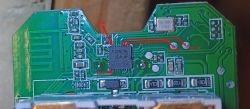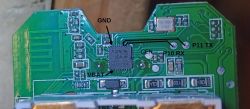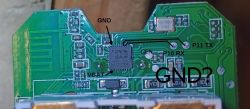Hello,
I bought a SmartPlug from Aliexpress with metering.
At the moment, the device is a Tuya-Device and I want to flash openbeken.
The Device has a BK7231N Chip. The board has 6 soldering points, but these points are not named.
The Points do not fit the BK7231N-Layout at all.


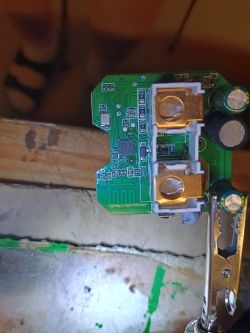
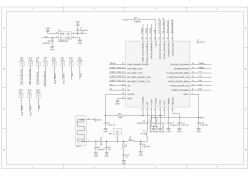
Where do I have to connect to for flashing?
Big thanks
AI: Can you provide the exact model number or a link to the Aliexpress listing for your SmartPlug?
https://de.aliexpress.com/item/1005007884300347.html
I bought a SmartPlug from Aliexpress with metering.
At the moment, the device is a Tuya-Device and I want to flash openbeken.
The Device has a BK7231N Chip. The board has 6 soldering points, but these points are not named.
The Points do not fit the BK7231N-Layout at all.




Where do I have to connect to for flashing?
Big thanks
AI: Can you provide the exact model number or a link to the Aliexpress listing for your SmartPlug?
https://de.aliexpress.com/item/1005007884300347.html







